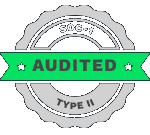Are you among those CXOs who are struggling to set up their foothold in global ecommerce? Are you facing issues like complex international logistics, diverse cultural & regulatory landscapes, cross-border customer experiences, security threats, and evolving technologies?
These are just the top couple of issues. Due to the competitive nature of today’s market, companies are struggling to maintain their grasp of the market and gain most of the customer groups. The constant battle between companies to stay one step ahead of each other is raising opportunities as well as challenges that are mandatory to address.
With the constantly changing technologies, better and newer options are being brought into the picture; each being better than its predecessor.
Table of Contents:
- The Reality of Multi-Store Chaos
- What is MACH Architecture? (Microservices, API-first, Cloud-native, Headless)
- How MACH Solves the Multi-Store Puzzle
- Evaluating If MACH is Right for Your Enterprise: Questions CXOs should ask
- Actionable Tips for a Successful Multi-Store MACH Rollout
- Conclusion
- FAQs: MACH & Multi-Store Management
The Reality of Multi-Store Chaos
Global expansion may be exciting on the surface but underneath, many CXOs are wrestling with a tangled web of disconnected systems, rising operational costs, and inconsistent customer experiences.
Fragmented Tech Stacks Across Regions
Most enterprises expanded digitally over time, adding new technology according to region, brand, or product category. The result? A fragile ecosystem of incompatible platforms, fragmented CMSs, localized plugins, and hard-coded integrations, coupled with no centralized visibility across store performance, redundant vendor management, and difficult governance and compliance across geographies.
Duplicate Infrastructure & Content Efforts
Each regional team ends up creating its own version of the ecommerce stack, often duplicating backend systems, content repositories, and user flows. This leads to skyrocketed ownership cost, resource-intensive localization efforts, and slower deployment.
Inconsistent Branding & Customer Experience
Without a unified design and content delivery layer, it’s nearly impossible to maintain brand consistency across all cross-border ecommerce touchpoints. Your customers in, for example, New York might have completely different experiences. This causes the business to experience disorganized omnichannel journeys, loss of customer trust & loyalty, and poor conversion rates.
When left unattended, these issues prevent CXOs from achieving:
-
Operational efficiency
-
Brand scalability
-
Seamless personalization
-
Faster market expansion
This is where MACH architecture changes the cross-border ecommerce game—delivering centralized control, composability, and speed without sacrificing regional flexibility.
What is MACH Architecture?
MACH (acronym for Microservices-based, API-first, Cloud-native, and Headless) architecture is a design approach built specifically for enterprise software systems that prioritize speed, flexibility, and scalability. This mach architecture can also be considered as a set of technology principles that serve as foundation for all the latest cutting-edge technology platforms.
Let’s break it down in plain terms:
-
Microservices: Your global ecommerce capabilities like cart, checkout, search, payments are segregated into independent, reusable components. You can upgrade or swap one without touching the others.
-
API-first: Every service talks to the others through secure, well-defined APIs—making it easy to connect platforms, apps, and third-party tools.
-
Cloud-native: Built for the cloud from day one. This means instant scalability, automatic updates, and no on-premises baggage.
-
Headless: The front end is separated from the back end. You can customize the UX across devices, brands, and regions without reworking the entire system.
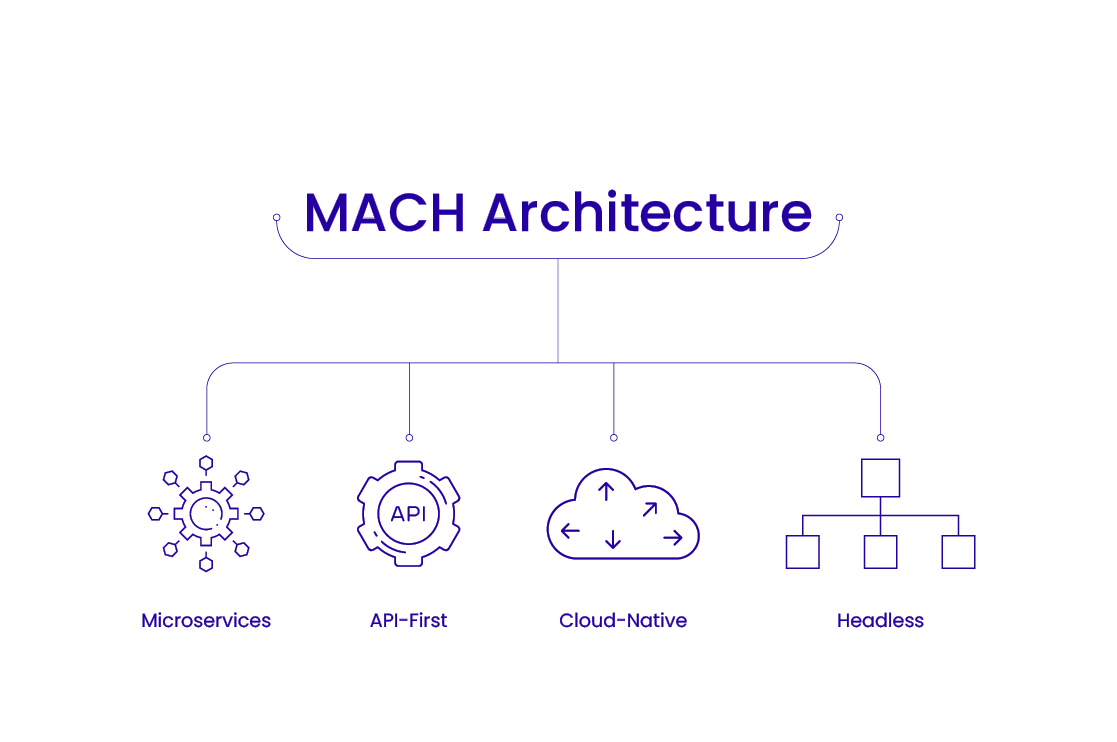
For CXOs, mach architecture headless allows enterprise businesses to launch, scale, and manage multiple stores or markets from a unified, flexible core. Instead of wrestling with a tangled legacy framework, your teams work with modular building blocks that are purpose-built for speed and resilience.
Well, both traditional monoliths and MACH architecture have a huge difference based on their respective flexibility, scalability, maintenance, frontend UX, and time-to-market.
| Category | Traditional Monoliths | MACH Architecture |
|---|---|---|
| Flexibility | Rigid and tightly coupled systems | Fully composable, freedom to change or upgrade parts |
| Scalability | Manual scaling with high costs | Auto-scaling based on cloud infrastructure |
| Maintenance | Risky upgrades, more relied on technical help | Safer deployment & testing backed by modular updates. |
| Frontend UX | Slow updates & limited customization | Optimized for omnichannel with limitless scope of customization |
| Time-to-market | Long cycles for new features | Faster integration |
How MACH Solves the Multi-Store Puzzle
Launching and managing multiple global ecommerce stores across geographies, brands, and customer segments isn’t just a technical challenge, it’s a strategic one. MACH architectures offer the perfect blend of control, agility, and scalability, giving global enterprises the edge they need.
Centralized Control, Localized Freedom
With MACH, CXOs can maintain a single source of truth for business logic, inventory, pricing, and brand governance.
Fast Rollouts for New Geographies or Brands
MACH architecture enables parallel development and incremental deployment, reducing launch timelines.
Scalable Infrastructure Without Replatforming
With MACH’s cloud-native infrastructure, you’re no longer constrained by legacy capacity planning or on-prem scaling limitations.
Personalization and Localization Without Duplication
MACH lets you plug in best-of-breed personalization engines, translation APIs, and region-specific checkout flows.
Evaluating If MACH is Right for Your Enterprise: Questions CXOs should ask
Here are two critical questions CXOs should be asking before making the leap into the mach architecture principles:
Is my current stack holding back market expansion? – If your IT team struggles to spin up new stores or features without massive rework, you’re likely stuck in a monolithic or semi-fragmented environment. Ask yourself – will it take months rather than weeks to launch in a new region? Is localization expensive and are its efforts repetitive? Is the platform delaying revenue-generating opportunities for your business?
Can we launch a new store in weeks—not months? – Speed-to-market is a competitive weapon. If launching a campaign, brand, or regional storefront requires replatforming, duplication, or deep custom development, that is a red flag. Ask yourself – do you require vendor/developer support even for minor launches? How long will it take to create & run a new site? Are you missing out on any current trend due to delays in technology?
If you answered “no” or “not sure” to any of the above. It’s time to evaluate MACH seriously.
Actionable Tips for a Successful Multi-Store MACH Rollout
Transitioning to MACH architecture can be a game-changer for enterprise ecommerce—but it’s not plug-and-play. A successful rollout requires intentional planning, stakeholder alignment, and technical orchestration.
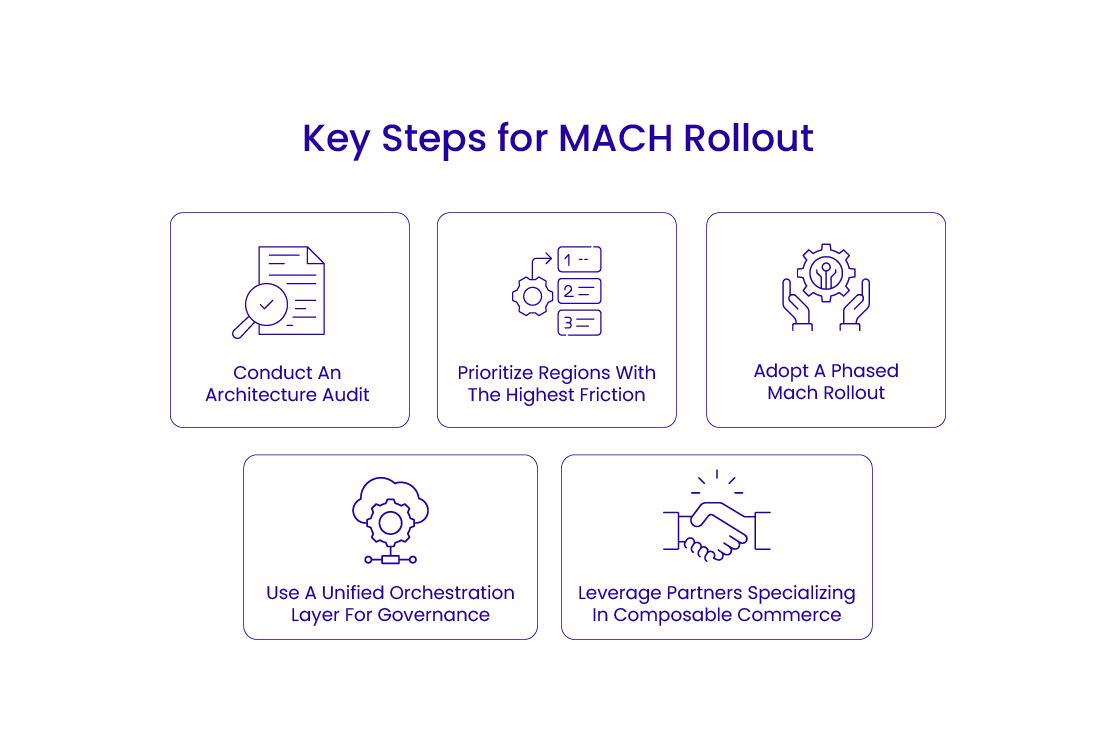
Here’s how to set your multi-store MACH rollout up for measurable success:
Conduct an architecture audit
Before proceeding with MACH, you need to know where you stand. Evaluate your current tech stack across regions, brands, and channels based on the redundancies across platforms and tools, content and code duplication, integration points and legacy bottlenecks, and governance gaps & data silos.
Prioritize regions with the highest friction
CXOs should remember that not all markets are created equal. Identify which geographies are suffering the most from slow rollouts, inconsistent branding, or poor conversion rates. You need to prioritize which markets are with the most duplicated infrastructure, which regions are facing the highest operational cost, and which stores have frequented content/promo changes
Adopt a phased MACH rollout
MACH does not have to be a ‘replace’ job. Use a phased rollout strategy with a pilot strategy to decrease the rate of risk associated with the transformation. Your rollout strategy should include piloting one or two stores with a composable frontend and headless CMS, reuse any backend microservices where possible, and accumulate KPIs like TCO, time-to-market, and conversion lifts.
Use a unified orchestration layer for governance
A MACH rollout can get chaotic if there is no central layer to manage services, workflows, and APIs across markets and teams. The orchestration layer should include an API gateway management, RBAC (Identity and access control), content workflows and localization governance, and data flow and event routing.
Leverage partners specializing in composable commerce
You do not need to do it alone. MACH transformations require a different mindset and specialized skillsets, especially in enterprise environments. So, for a partner, you need to check their proven MACH Alliance certifications or case studies, expertise in headless ecommerce and microservices architecture, composable platform evaluation and implementation, and support for global store management and localization.
Conclusion
The complexities of managing multiple global ecommerce stores across regions, brands, and customer segments aren’t going away, they’re accelerating. If your current tech stack is slowing you down, mach architecture principles offer a clear path forward: composability, speed, global scalability, and cost efficiency.
So, as a CXO, the question is no longer if you need to modernize. It is about how quickly you can adapt to staying competitive in a digital-first, global market.
FAQs
What makes MACH better than Shopify Plus or Magento for multi-store?MACH offers true flexibility and scalability. Unlike Shopify Plus or Magento, which are more rigid and monolithic, MACH’s composable setup lets you launch new stores quickly, localize without duplication, and integrate best-of-breed tools without vendor lock-in.
Can MACH support both B2B and B2C stores?Yes. MACH is built for hybrid commerce. You can run B2B portals, B2C storefronts, and D2C brands—all under one architecture, with shared services like pricing, inventory, and customer data.
What’s the ROI timeline for switching to MACH?Most enterprises see measurable ROI within 9–18 months, depending on rollout scale. Faster time-to-market, reduced IT overhead, and improved CX contribute to early wins.
How does localization work across different countries?With MACH, you can customize content, currencies, languages, and UX per region while maintaining centralized governance. No need to duplicate infrastructure or workflows.
How long does a typical MACH rollout take?A phased MVP rollout can take as little as 10–14 weeks. Full enterprise-wide deployment varies based on complexity, but MACH’s modular nature ensures faster, lower-risk go-lives.
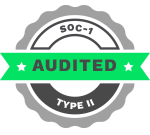










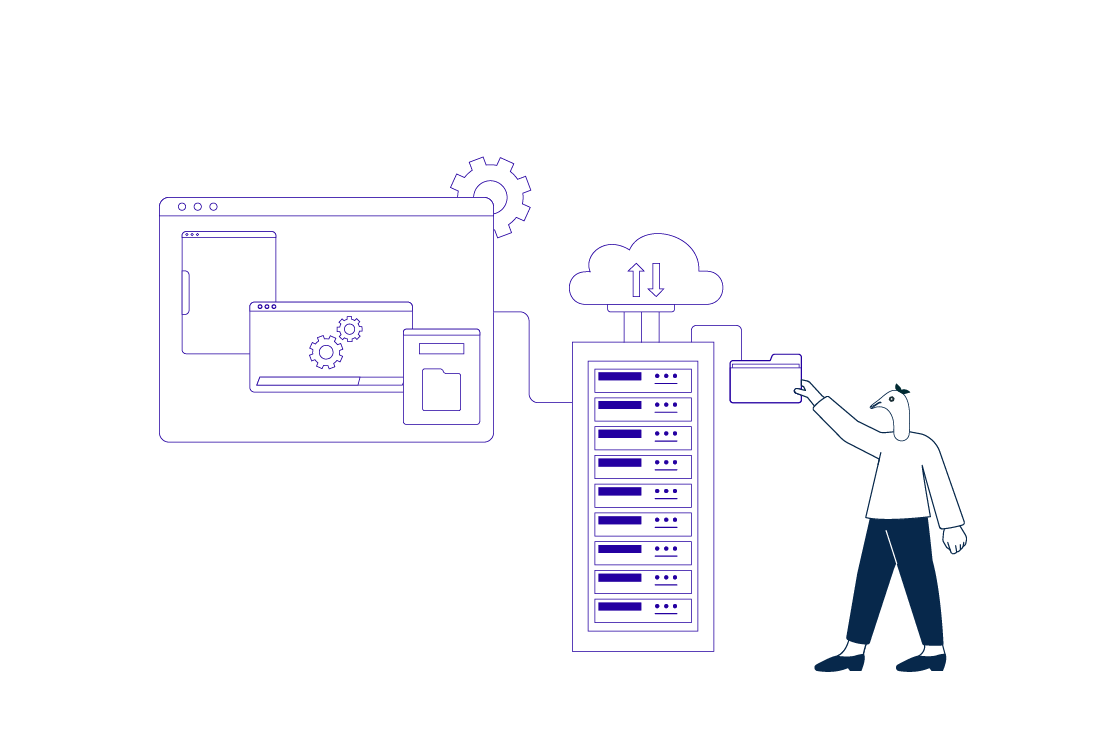
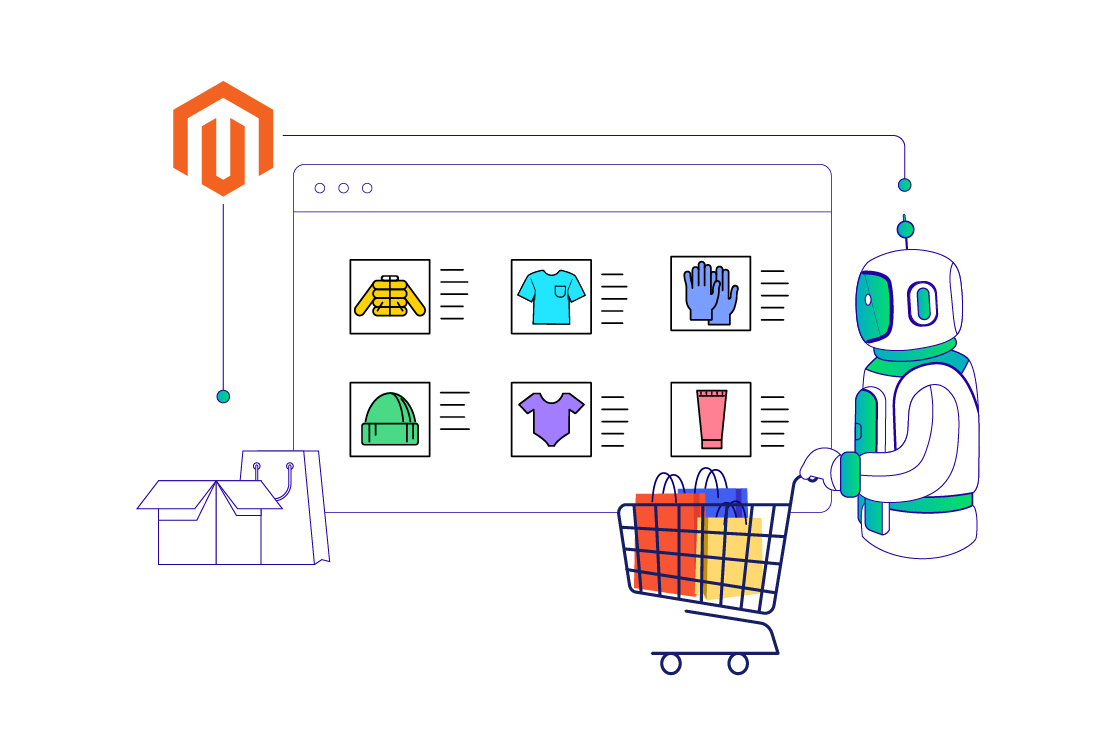 Magento AI Integration: Transform Your eCommerce Store Into an AI-Driven Revenue Engine
Magento AI Integration: Transform Your eCommerce Store Into an AI-Driven Revenue Engine 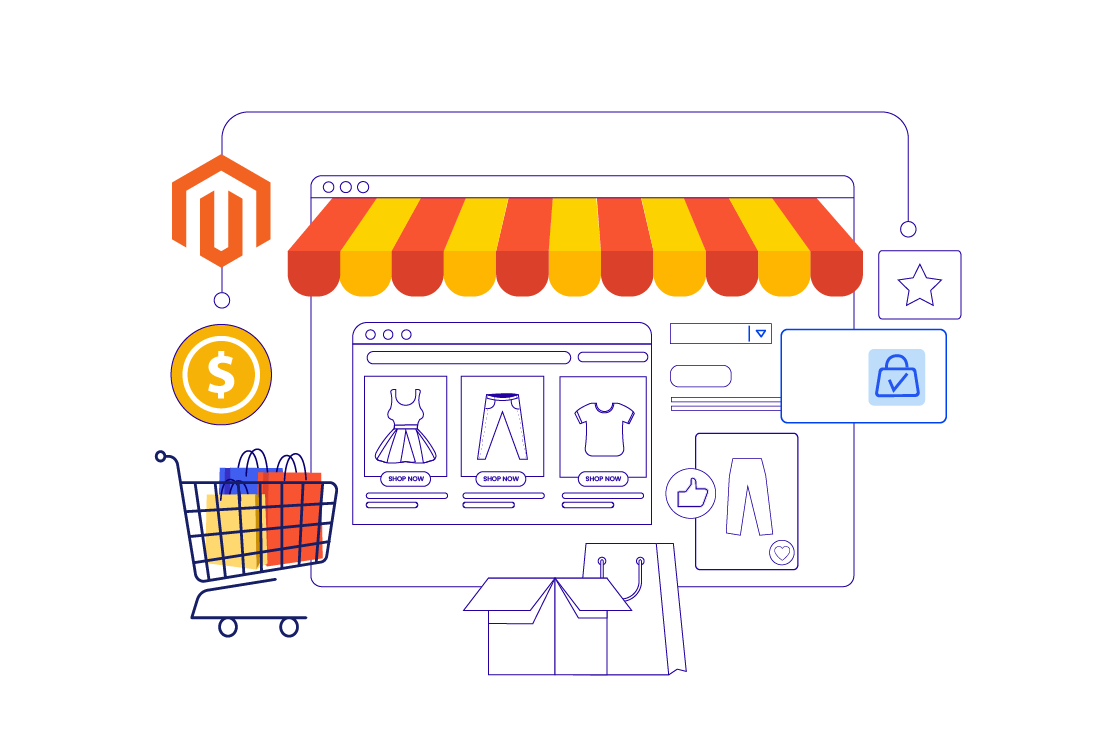 Sync Magento Store with Other B2C Ecommerce Platforms: A Guide to Multichannel Integration
Sync Magento Store with Other B2C Ecommerce Platforms: A Guide to Multichannel Integration 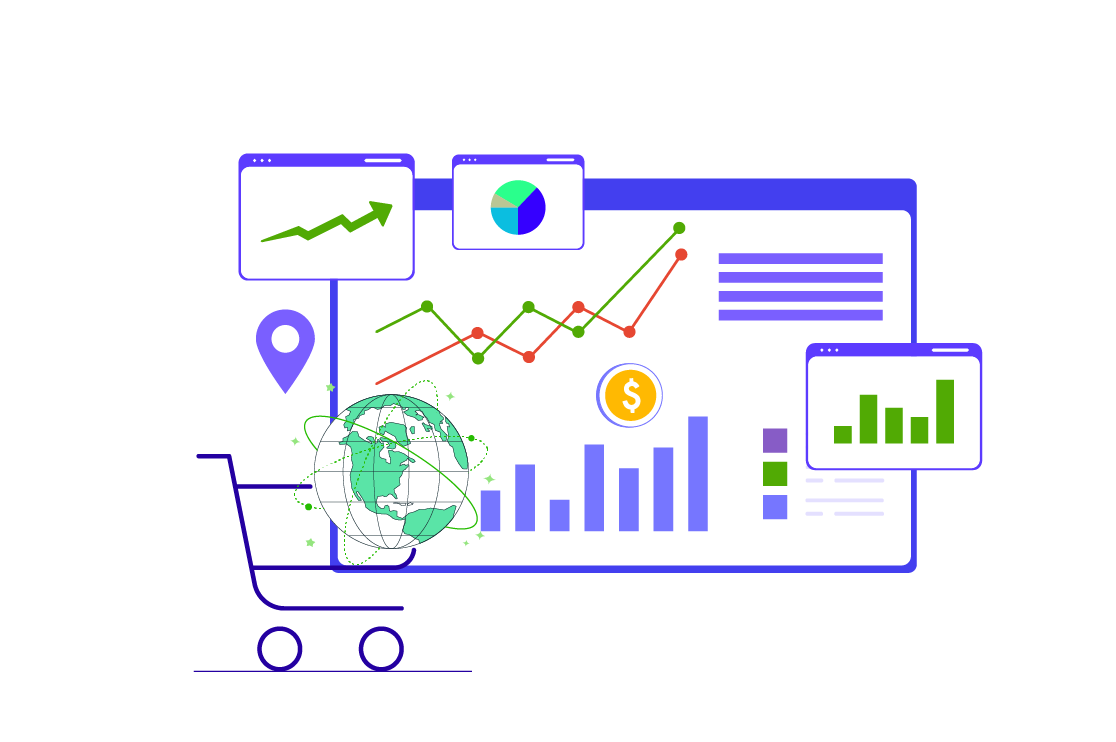 Setting Up Global Ecommerce Stores Without Duplicating Infrastructure
Setting Up Global Ecommerce Stores Without Duplicating Infrastructure 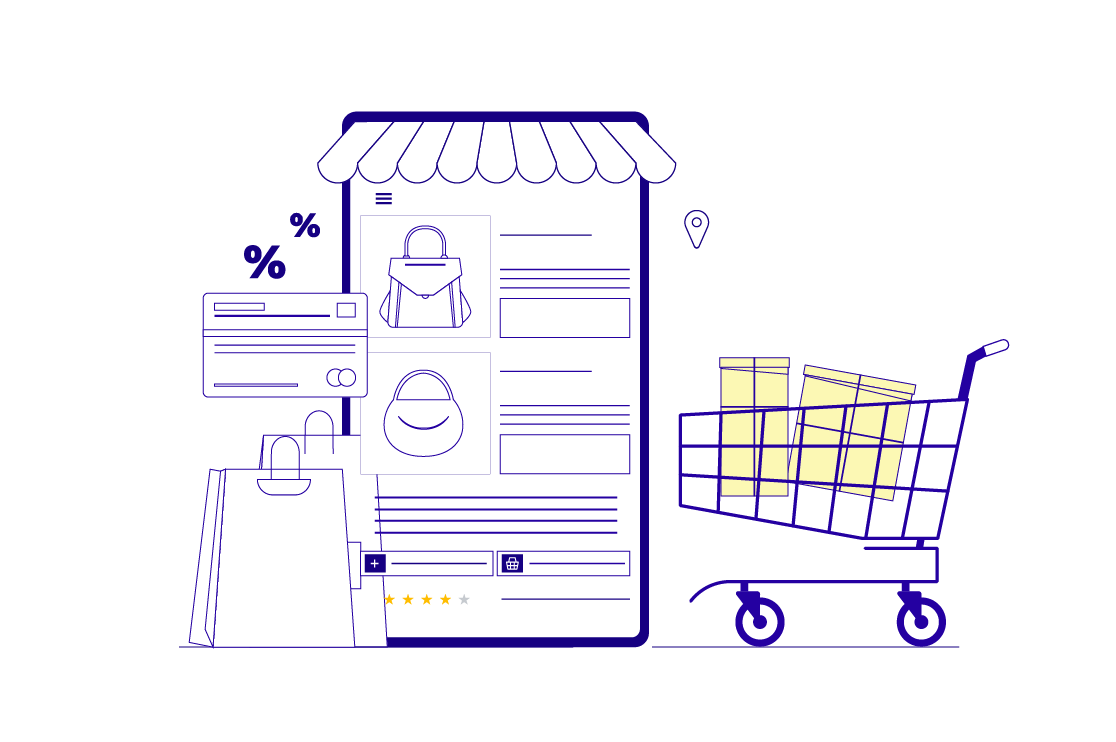 E-commerce Checkout Funnel: Why 60% of Your Customers Are Disappearing and What to Do About It
E-commerce Checkout Funnel: Why 60% of Your Customers Are Disappearing and What to Do About It 
